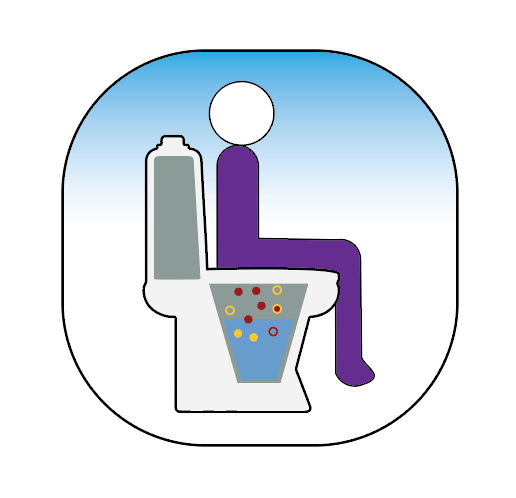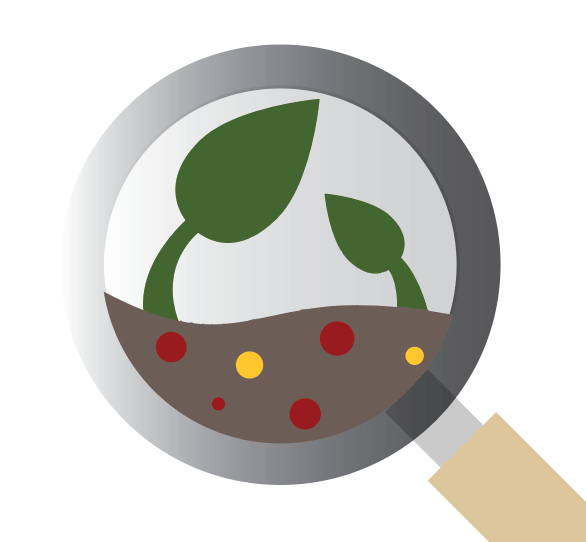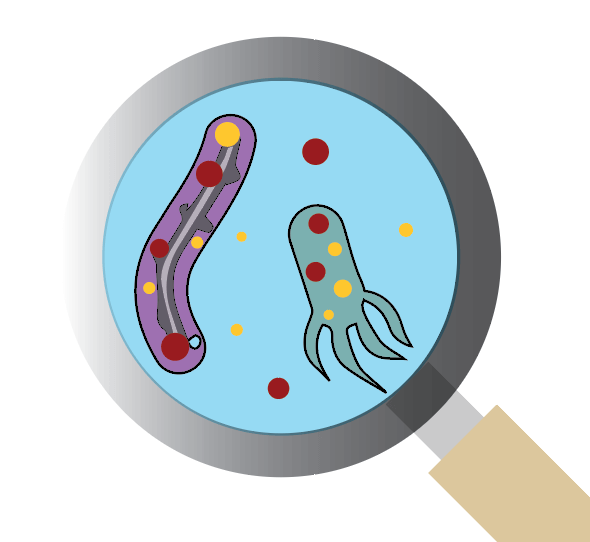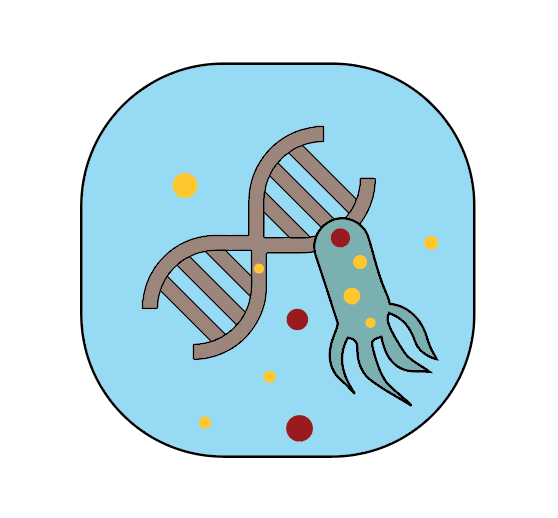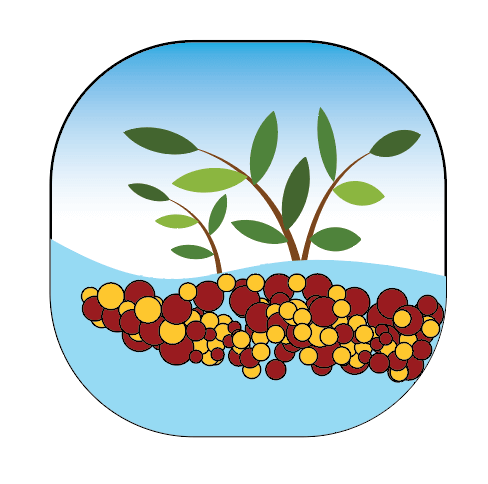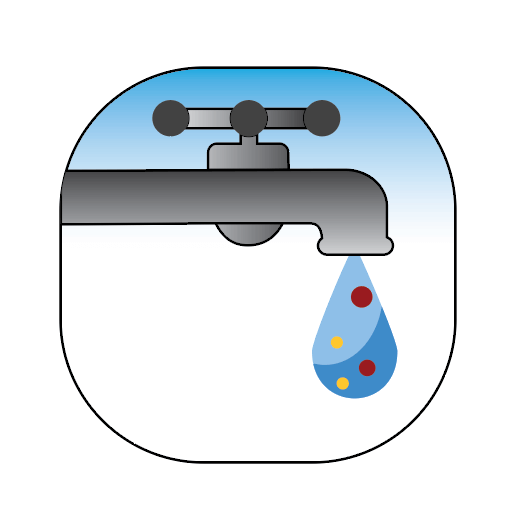1. Take antibiotics
Antibiotics like amoxicillin kill infection-causing bacteria. Their development revolutionized medicine, preventing the spread of infection and making it possible to perform complex surgeries.
2. Down the toilet
While our bodies metabolize most of the antibiotics we take, a lot pass through us in our waste.
3. Wastewater treatment plants
Waste streams from toilets and faucets carry low-levels of antibiotics and enter wastewater treatment plants. In Los Angeles alone, there are more than 6,700 miles of sewers that serve over 4 million people. Each day, over 400 million gallons of wastewater travel to one of the city’s four wastewater treatment and water reclamation plants.
4. Wastewater treatment process
One of the ways in which wastewater is cleaned at the treatment plants is with microbes. While consuming the organic waste, the microbes encounter the trace antibiotics and acquire a new superpower: the ability to resist antibiotics like amoxicillin. This resistance is passed on through the microbes’ genes in the traditional method from parent to daughter, as well as between neighbors in a process called horizontal gene transfer.
5. Antibiotic resistance pathway #1: Biomass
As the microbes eat, they grow and reproduce, resulting in an excess of microorganisms called biomass or biosolids. A typical wastewater treatment plant produces tons of biomass every day.
5A. The biosolids go to the farm
After the biomass has been stabilized and dried, ensuring there are no harmful pathogens present, it is referred to as biosolids and disposed of in landfills or, being rich in nutrients, used as a fertilizer for agriculture and livestock feed crops.
However, the stabilizing processes do not kill everything, leaving behind some live antibiotic-resistant microbes and free-floating antibiotic-resistant DNA strands. This creates an indirect pathway of exposure to humans and animals that might encounter or consume affected plants or surface water runoff. Farm workers could also be affected by contact with the fertilizer or aerosols released into the air.
6. Antibiotic resistance pathway #2: Effluent
A small amount of the cleaning microbes as well as free-floating DNA make it through the wastewater filtration and treatment processes and remain in the treated water, known as the effluent. In Los Angeles, some of this is dumped into the L.A. River and Pacific Ocean, while the rest is recycled.
6A. Effluent returns to the tap
While there are around 1,000 times less anti-biotic-resistant organisms and DNA present in the effluent compared to the biomass, effluent reuse creates a direct exposure pathway where individuals are at risk of coming into contact with or consuming affected water. In Los Angeles, reused water is commonly used to irrigate crops, lawns, and plants; in commercial applications like car washes and firefight-ing; and to replenish groundwater supplies — which is a common source of drinking water.
7. Reducing antibiotic-resistant organisms
Smith and his team believe that the number of antibiotic-resistant organisms formed in treatment plants could be reduced through alterations in the treatment processes, for example, by employing oxygen-free, or anaerobic, processes rather than aerobic processes, or membrane filtration.
To get an idea of where to start, he began by comparing the resistance profiles of the biomass and effluent after introducing different types and concentrations of antibiotics. “We found that the biomass and effluent are remarkably different — the resistance in the biomass is not the same as the effluent,” said Smith, assistant professor of civil and environmental engineering. “So you can’t use one as a predictive tool for the other.”
The correlations they did find between the added antibiotic and resultant resistant genes were not always clear-cut. They believe this is due to the multi-drug resistance ability of gene elements called plasmids. One plasmid may carry resistance genes for several different types of antibiotics, resulting in positive correlations between one type of antibiotic and the resistance gene of another. This not only complicates things, but can be extremely dangerous: Free-floating plasmids can easily survive the treatment process and exit the plant in the effluent.
“The multi-drug resistance does seem to be the most alarming impact of this,” Smith said. “Regardless of the influent antibiotics, whether it’s just one or really low concentrations, there’s likely a lot of multi-drug resistance that’s spreading.”
The team is now looking more closely at the composition of the effluent and plans on applying what they learned to other waste streams, such as animal waste, through a partnership with the U.S. Department of Agriculture.






